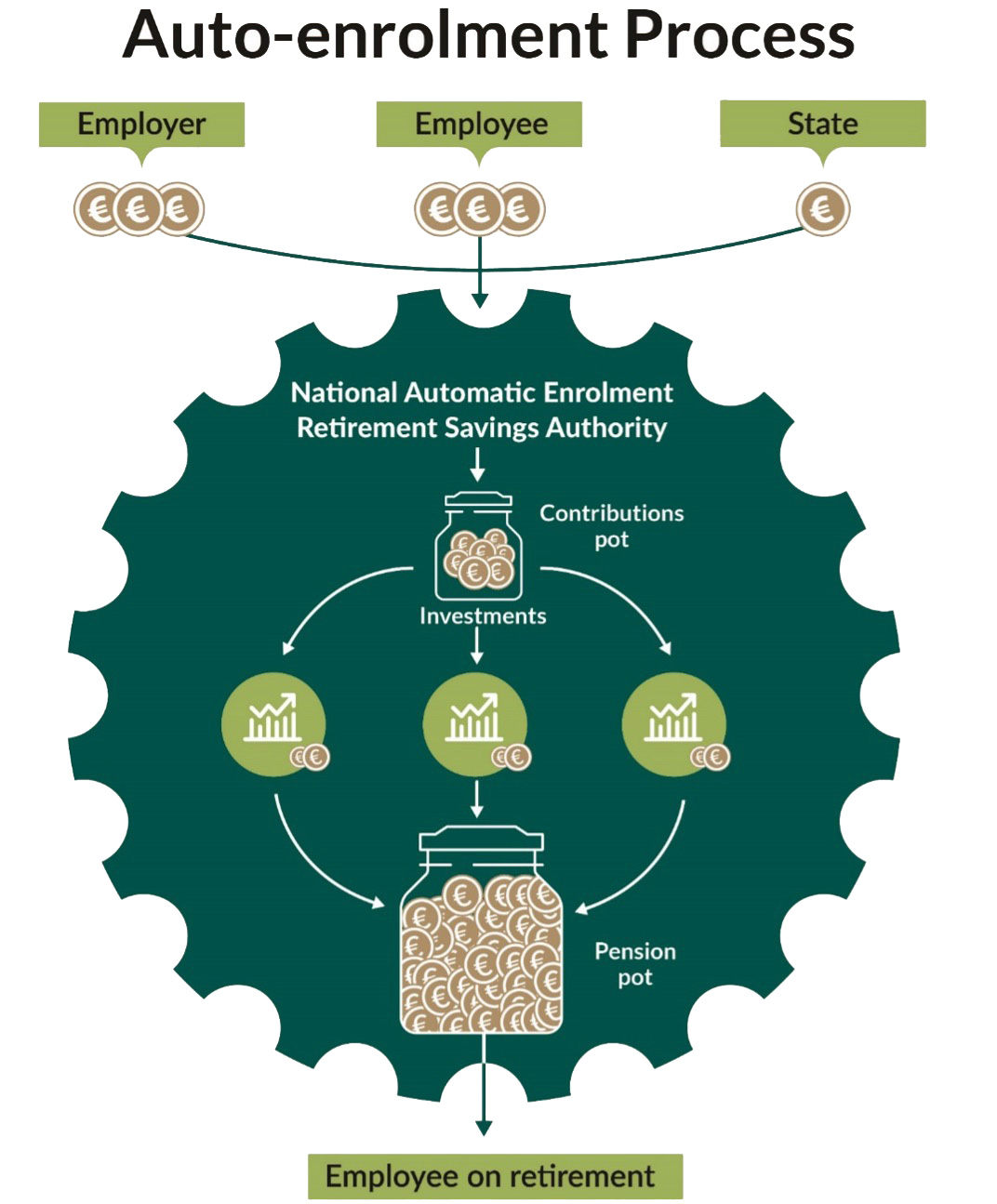The average expected pension for Swedish people is SEK 27,500 per month, analysis from Sweden's minPension has revealed, with research indicating that those with higher education levels can expect to receive a greater pension.
The report compared the difference between the expected final salaries with the first pension withdrawals, called the replacement rate.
The report also found that for pre-secondary educated people the expected pension is SEK 24,600, while for secondary educated people the expected pension is SEK 26,100.
The expected pension for postsecondary educated people is SEK 29,300, while for postgraduate educated people the expected pension is SEK 37,800.
“Education at a college or university gives an average of SEK 3,200 more in pension each month for the rest of your life compared to upper secondary education,” minPension pension economist, Dan Adolphson Björck, said.
“Although graduates receive a higher pension than those with only upper secondary education, salary during working life plays a greater role in the size of the pension.
“This is due to several factors, including the later age of establishment in the labour market for graduates, the fact that salary increases come relatively late in working life, and the design of the pension system.”
The report found that the proportion of university graduates has increased over time, almost doubling in the last two decades.
However, minPension said that at the same time, there have been "major" changes in the pension system.
It also said that an increasing share of the total pension is dependent on developments in the financial markets, where early payments provide a greater return opportunity through interest-on-interest. It noted that savers establishing themselves early in the labour market is beneficial for their pension.
He warned that it is important that savers cope with a longer working life as life expectancy continues to rise.
He also suggested that returning to education at a later age for a second career in a profession with future prospects could be good for their pension.
“The replacement rate assumes a constant salary and constant pension payment. In practice, however, academics have greater opportunities to cope with a longer working life, which leads to higher pensions than what is visible in standardised measures," Björck said.
The report also found large differences between men and women with comparable education.
Among those born in the 1960s, men with a pre-secondary education have a pension that is about SEK 5,400 higher each month than women for the rest of their lives, for those with upper secondary education it is SEK 5,100 higher and for those with postgraduate education, it is SEK 8,000 more.
The largest difference between men and women is for those with post-secondary education, as men have SEK 10,400 more in their pension than women.
However, for younger generations, the differences are smaller.
In addition to this, the report found that privately employed workers and people born abroad with post-secondary education have lower compensation rates than others with the same level of education. This showed the economic return on education differed between different groups.
Latest News
Podcast: Stepping up to the challenge

In the latest European Pensions podcast, Natalie Tuck talks to PensionsEurope chair, Jerry Moriarty, about his new role and the European pension policy agenda
Podcast: The benefits of private equity in pension fund portfolios

The outbreak of the Covid-19 pandemic, in which stock markets have seen increased volatility, combined with global low interest rates has led to alternative asset classes rising in popularity. Private equity is one of the top runners in this category, and for good reason.
In this podcast, Munich Private Equity Partners Managing Director, Christopher Bär, chats to European Pensions Editor, Natalie Tuck, about the benefits private equity investments can bring to pension fund portfolios and the best approach to take.
In this podcast, Munich Private Equity Partners Managing Director, Christopher Bär, chats to European Pensions Editor, Natalie Tuck, about the benefits private equity investments can bring to pension fund portfolios and the best approach to take.
Mitigating risk
BNP Paribas Asset Management’s head of pension solutions, Julien Halfon, discusses equity hedging with Laura Blows
© 2019 Perspective Publishing Privacy & Cookies









Recent Stories